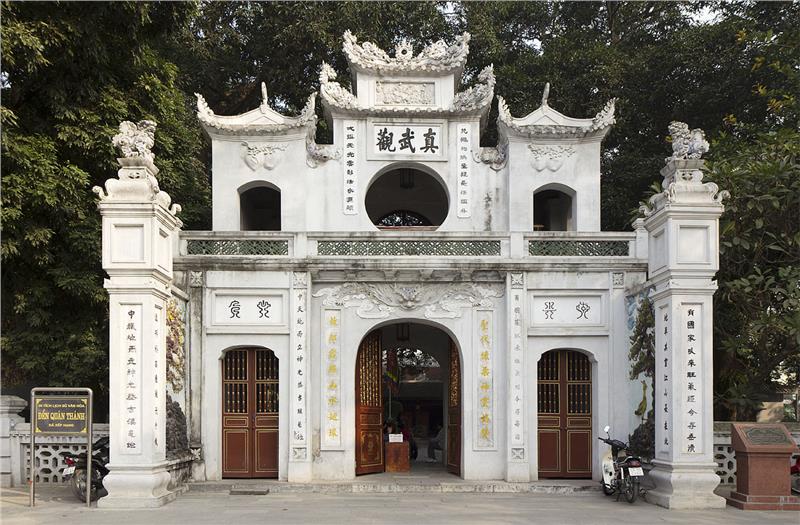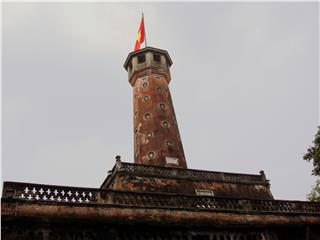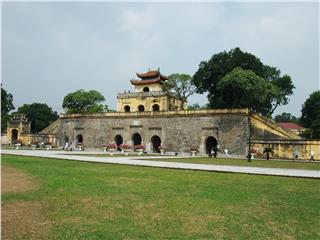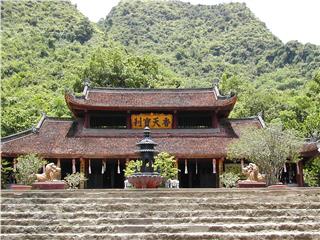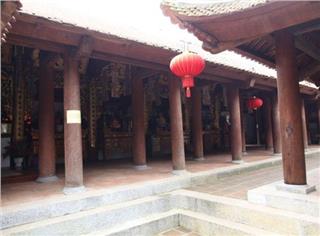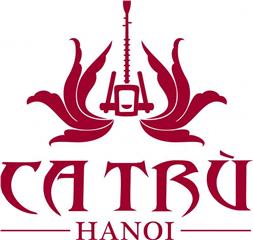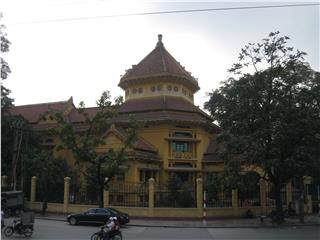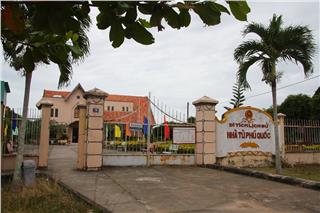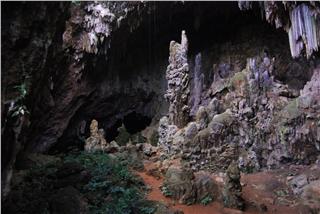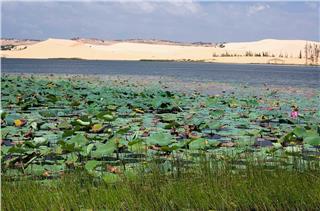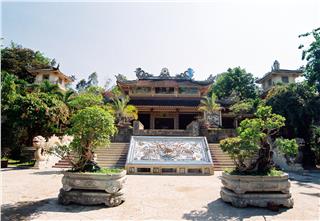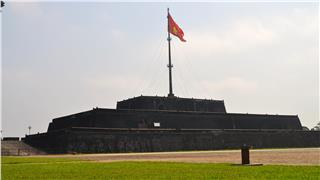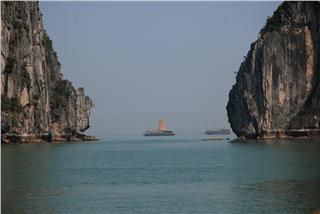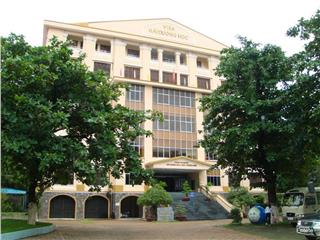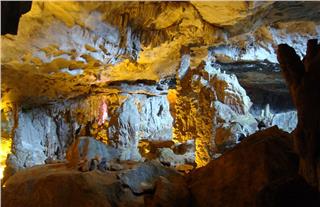The majestic temple and sacred statue of Huyen Thien Tran Vu have remained famous historical - cultural relics for more than 300 years, attracting numerous tourists. Quan Thanh Temple is one of the most impressive spiritual tourist attractions in Hanoi.
Situated in West Lake in a dignified large beautiful campus adjacent north gate of ancient Citadel, Quan Thanh Temple is one of four "Thang Long Tu Tran" of ancient Thang Long. This is among oldest temples in Hanoi. It is a historical and cultural monument which was built in the 11th century to worship holy Tran Vu - the deity defending the north. Undergoing Dynasties, Quan Thanh Temple had been renovated several times, yet it basically has not much changed, and is considered as a beautiful architectural ensemble today. Quan Thanh Temple is one of best-known Hanoi attractions and worth the must-see in Hanoi travel for those who would like to ascertain about the architecture and glorious history here.
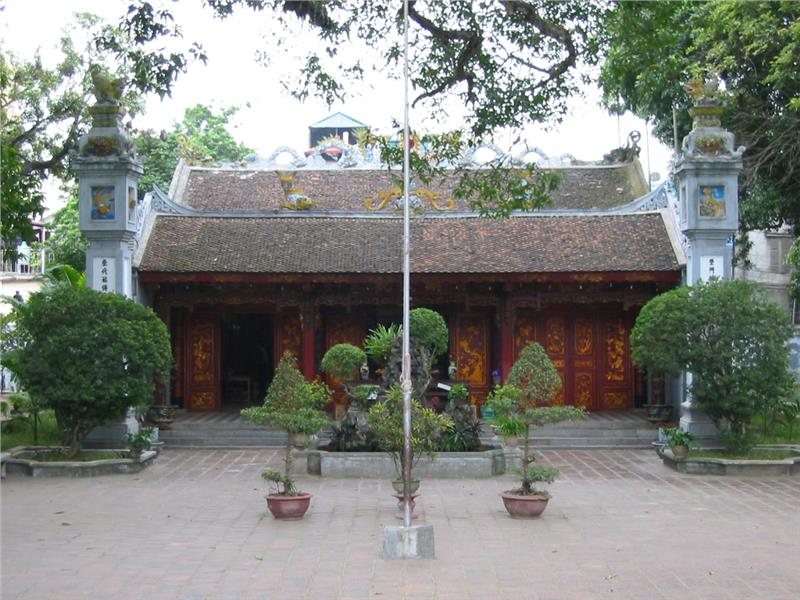
According to leftover documents, the temple was built in the early years when King Ly Thai To moved the capital from Hoa Lu to Thang Long, Hanoi. In 1823, King Minh Mang on the throne renamed the temple to Tran Vu Quan. By the reign of King Thieu Tri in 1842, it was renamed to Quan Thanh Temple as today. The temple worships one of 4 "Thang Long Tu Tran" deities (Holy Figures guarding at four main directions (East – West – South – North) of the ancient Thang Long Citadel): Huyen Thien Deity in the north, Bach Ma Deity in the east (Bach Ma Temple), Linh Lang Deity in the west (Voi Phuc Temple), and Cao Vuong Deity in the south (Kim Lien Temple). Quan Thanh Temple is one of the tourist attractions in Hanoi alluring the large number of tourists with its unique significance. Right before the temple gate is 4 high pillars built in the ancient architectural style. The 3-gate entrance was built on the large stone slabs with a 1.5m tall bell in the steeple uFnder King Le Hy Ton Dynasty. Both sides of inside entrance retained "Tan entrance" and "Huyen exit" in kanji letter (entrance in Tan gate, and exit in Huyen gate).
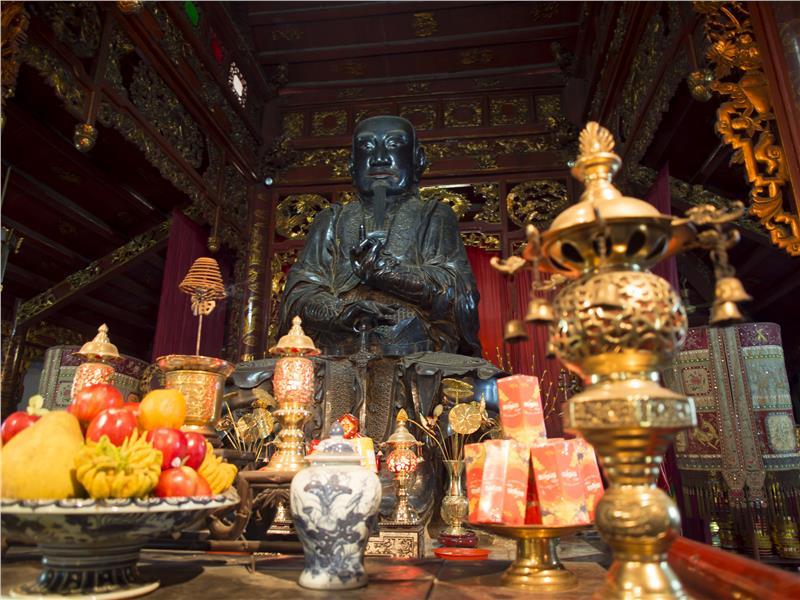
Through the gate is spacious courtyard. There are also fish tanks and Penjing in the yard. The temple owns two layers: the outer layer is tall and magnificent thanks to gold dipped red lacquer beams and sagging doors. Both sides hang silver lettering board given by King Thieu Tri with his own poem engraved onto. In particular, the most prominent inside the chancel is the black bronze statue of Huyen Thien Tran Vu which is 3.72m high and 4 tons in weight. The statue appears as a sitting Taoist hermit. His left hand passes magic and the right hand holds a sword, which is shrouded by a snake propping against the back of a tortoise (snake symbolizing strength, turtles symbolizing longevity). With sophisticated and skillful carved features, the statue was mentioned as a works of art reflecting bronze casting technique and the virtuosity of statuary art of our forefathers in the 17th century. In addition, there are 4 statues of Marshal also worshiped at the harem. According to the legend, Huyen Thien Deity possessed 36 Marshals exorcising the demons. Yet 4 Marshals in the temple also represented all these Marshals. In particular, inside the temple, there is also a statue of “Old Trong” who made the statue of Tran Vu Deity. Old Trong’s students cast it to express their respect to the teacher when he died. Renowned for unique architecture, Quan Thanh Temple will surely attract numerous tourists when participating in Hanoi travel.
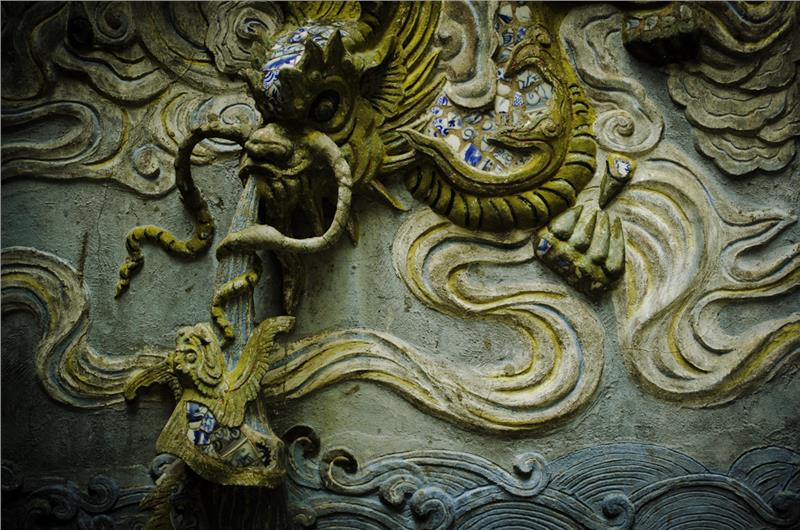
Beside bronze castingart, Quan Thanh Temple is home to many works of art carved on the doors, pillars, beams, and more than 60 parallel sentence poems written in kanji. Authors of those poems are those who achieved high academic. Notably, on the wooden architectural elements of the temple, topics such as 4 sacred animals, bats, fish, redwoods, bamboos, daisies, apricot blossoms, flowers, wine gourd, sword, scene of earthly life and the Heavens... are exquisitely carved and profoundly influenced by Le Dynasty artistic style. Along with the antiques, the temple has also stored a great number of steles related to its restoration. Oldest stele might belong to Vinh Tri II (1677) established by valedictorian Dang Cong Chat and Dr. Ngo Si Duong, talking about repairing the temple and casting the statue. Meanwhile, the latest stele appeared at the end of Thanh Thai V (1894) by Hoang Cao Khai, which reported the large-scale renovation at that time.
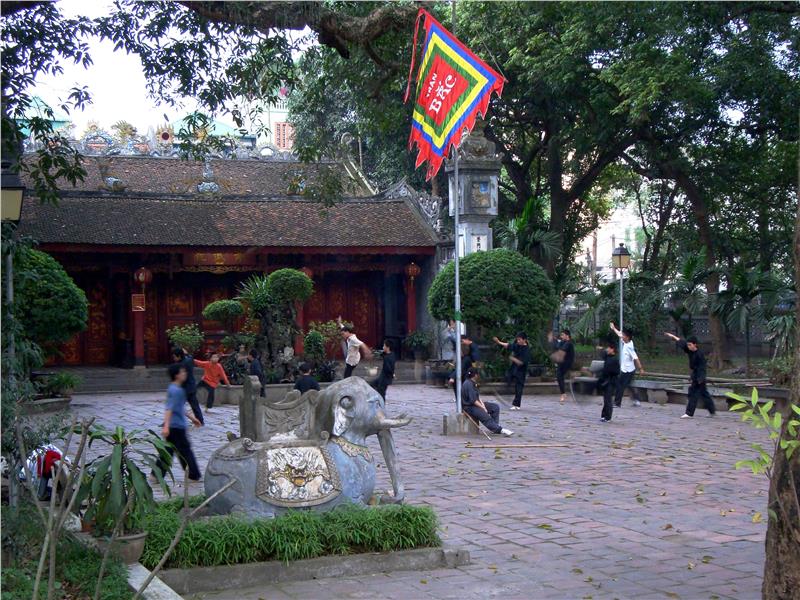
Through artifacts preserved till now, Quan Thanh Temple is considered a highly valuable relic on artistic culture, from the array of carvings on the wooden structures to statues worshiped right in the temple. Thanks to ground layout and harmonious space, especially airy view with West Lake in front, Quan Thanh Temple contributes to adorn ancient dreaming beauty of West Lake tourist zone, Hanoi. It is a precious monument on culture, art, architecture and sculpture, worth a impressive tourist spot in Hanoi tourism.
